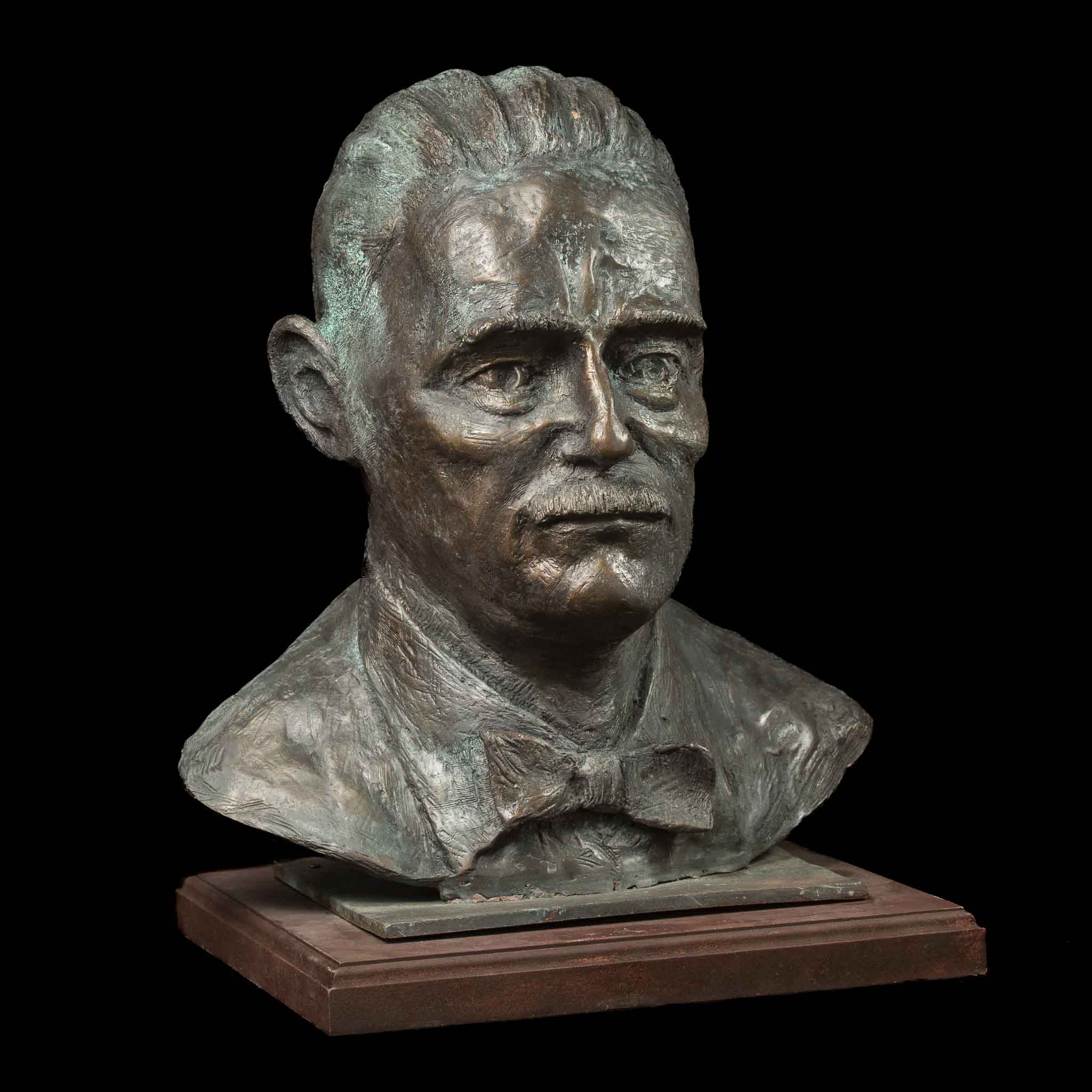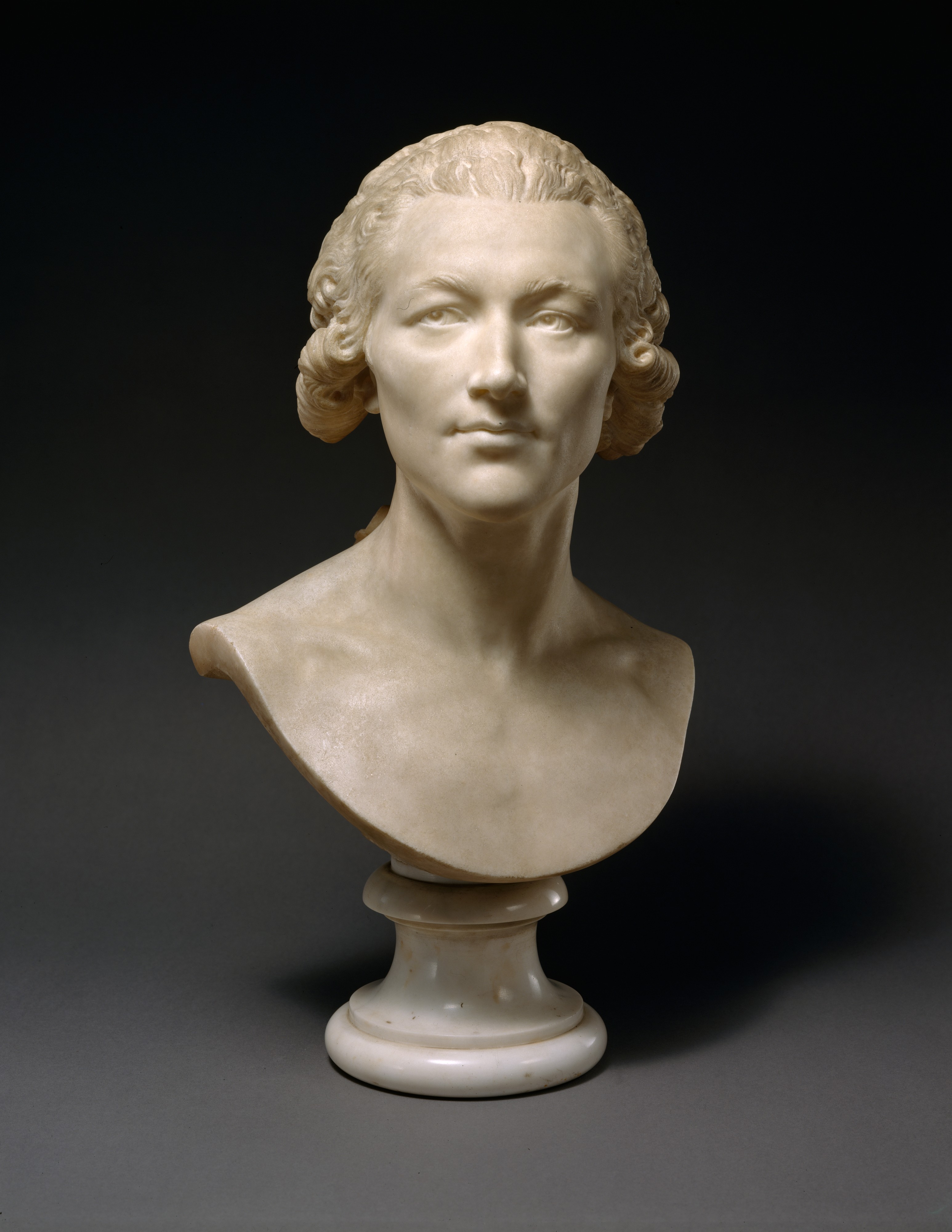Crafting Expressions: The Unique Artistry of a Portrait Sculptor
Wiki Article
The Development of Sculptures: From Old to Modern
The Advancement of Sculptures: From Ancient to Modern.Sculpture, among the oldest kinds of art, has been an important part of human civilization for centuries (Bronze Sculptures). From the old human beings of Egypt and Greece to the contemporary period, sculptures have actually evolved, reflecting changes in artistic techniques, materials, and cultural influences. This journey via time traces the development of sculptures, exploring the shifts in vogue, topic, and imaginative expression
Beginning with the ancient globe, sculptures crafted from rock and later on bronze captured the significance of divine beings, rulers, and everyday life. The Renaissance duration saw a revival of classical sculpting techniques, as musicians looked for to emulate the elegant forms of old Greek and Roman sculptures. In the modern-day age, artists challenged traditional borders, welcoming abstraction and testing with new products.

This exploration will certainly explore the diverse evolution of sculptures, exposing the rich tapestry of imaginative expression across various periods and societies.
Ancient Sculptures: From Rock to Bronze
Ancient sculptures transitioned from being sculpted out of stone to being cast in bronze. Stone sculptures, while remarkable in their own right, were restricted by the nature of the product.The intro of bronze as a medium for sculptures produced a change in artistic expression. Bronze used artists the chance to create lifelike and elaborate kinds that were not feasible with rock. The process of casting bronze enabled the production of multiple copies of a sculpture, allowing bigger distribution and preservation of these creative work of arts.
The shift from rock to bronze additionally saw a change in the subject of sculptures. While stone sculptures mostly illustrated gods, goddesses, and mythical figures, bronze sculptures started to reflect a wider array of topics, consisting of day-to-day individuals and animals. This growth of topic showcased the convenience and flexibility of the bronze tool.
Renaissance Rebirth: Forming in the Classical Style
The Renaissance revival of sculpture saw a renewal in the timeless style, structure upon the improvements made throughout the shift from stone to bronze in ancient sculptures. During this period, artists sought to recreate the classical aesthetic and ideals of charm that prevailed in old Greek and Roman sculptures.Among the crucial characteristics of the Renaissance revival was the focus on naturalism and the human type. Carvers like Donatello and Michelangelo strove to record the physiological information and expressions of their subjects with unprecedented accuracy. They examined the body and integrated their observations right into their sculptures, causing practical and realistic representations.
An additional crucial aspect of the Renaissance rebirth was the expedition of point of view and deepness. Artists utilized methods such as contrapposto, where the weight of the body is moved away, producing a feeling of motion and dynamism. They also explore various materials, including marble and bronze, to accomplish a level of refinement and complexity in their sculptures.
The timeless style of the Renaissance rebirth had a profound impact on later periods of art, working as a structure for the development of Western sculpture. It brought a restored appreciation for the charm and splendour of the human kind, and its legacy can still be seen in modern sculptures today.
Innovation and the Avant-Garde: Breaking Standard Limits

Among the crucial attributes of modernist sculpture was the focus on abstraction. Sculptors relocated far from practical representations and instead concentrated on catching the essence of the subject through simplified types and geometric forms. This separation from conventional representation her comment is here allowed artists to express their feelings and concepts in a much more subjective and personal fashion.
Moreover, the avant-garde movement tested societal norms and conventions, encouraging artists to experiment and press the limits of their art - Equine Sculptures. Carvers started including unique materials such as located things, industrial products, and also natural environments right into their job. This expedition of brand-new materials and techniques not just broadened the opportunities for sculpture but additionally challenged the traditional ideas of what might be considered art
Contemporary Sculptures: Discovering New Products and Concepts
With a focus on discovering new products and ideas, modern sculptures have reinvented the area of art. Artists today are pushing the borders of traditional sculpture by trying out and utilizing ingenious products with abstract principles. These sculptures challenge standard notions of definition, kind, and materiality, welcoming audiences to participate in a new and thought-provoking artistic experience.Contemporary carvers are welcoming a variety of materials, consisting of plastic, glass, steel, and even organic issue. Portrait Sculptor. They are not restricted to the conventional tool of rock or clay, permitting greater civil liberty and trial and error. This shift towards unique products has actually opened brand-new possibilities for artists to produce sculptures that are vibrant, interactive, and aesthetically striking
Along with checking out brand-new products, modern sculptures also delve into complex and abstract principles. Musicians are currently exploring themes such as identity, social issues, and the environment, making use of sculpture as an effective tool for social discourse and introspection. These sculptures challenge visitors to believe seriously and engage with art on a much deeper degree, stimulating discussions and prompting psychological actions.
Worldwide Impacts: Sculptural Customs From Around The Globe

In ancient Egypt, sculptures were created mainly for religious and funerary functions. The legendary sculptures of gods and pharaohs, such as the Great Sphinx and the breast of Queen Nefertiti, display the Egyptians' mastery of stone carving and their belief in the immortality.
In old Greece, sculpture reached its optimal throughout the classic period. Influenced by the suitables of proportion, harmony, and beauty, Greek sculptures stressed the human type and commemorated the success of professional athletes, heroes, and gods. The renowned sculptures of Aphrodite of Knidos and the Discobolus exemplify the Greeks' quest of perfection in sculptural art.
In ancient Rome, sculpture offered both artistic and political objectives. Portrait Sculptor. Roman sculptures typically portrayed emperors, generals, and mythological numbers, showing the power and grandeur of the realm. The marble sculpture of Augustus of Prima Porta and the monumental Arc of Constantine are significant examples of Roman sculptural achievements
Asian sculptural practices, especially in India, China, and Japan, have also had an extensive impact on the advancement of sculptures. Indian sculptures, such as the elaborately carved temples of Khajuraho and the gigantic statues of Buddha, exhibit a rich fusion of religious, mythical, and architectural components. Chinese sculptures, characterized by their fine workmanship and interest to information, typically represent divine beings, pets, and legendary figures. Japanese sculptures, affected by Buddhism, highlight simpleness and serenity, seen in the peaceful statuaries of Buddha and the stylish art of bonsai.
The worldwide impacts on sculpture proceed to evolve in the modern era. As we look to the future, it is particular that the global impacts on sculpture will certainly proceed to form and redefine this old art type.
Verdict
In conclusion, the evolution of sculptures has actually seen a change from ancient stone and bronze functions to the classic rebirth throughout the Renaissance. Today, contemporary sculptures explore brand-new products and concepts, while also attracting ideas from worldwide sculptural traditions - Figurative Sculptures.From the old worlds of Egypt and Greece to the modern age, sculptures have actually evolved, reflecting modifications in imaginative strategies, products, and social impacts.Starting with the old world, sculptures crafted from stone and later bronze captured the essence of divine beings, leaders, and day-to-day life.Old sculptures transitioned from being sculpted out of rock to being cast in bronze. While stone sculptures primarily illustrated gods, sirens, and mythical numbers, bronze sculptures started to mirror a more comprehensive array of topics, including everyday people and animals.In final thought, the development of sculptures has actually seen a shift from ancient stone and bronze works to the timeless resurgence throughout the Renaissance.
Report this wiki page